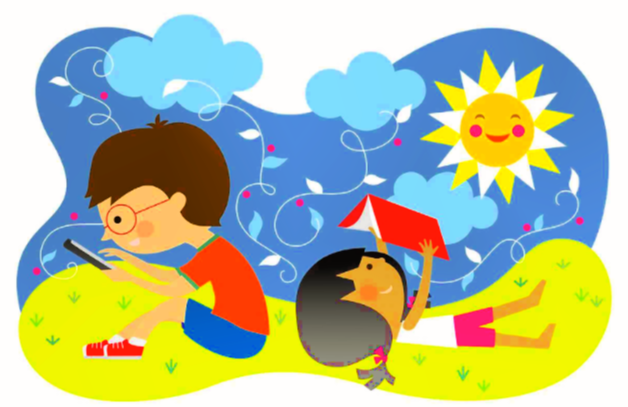Summer vacation is approaching once again, and the main worry that comes with a nearly three-month vacation is that students will lose their academic momentum. Students are preparing for long days behind video game consoles and long nights watching television. The last thing on students’ minds is learning. However, with a bit of parental finesse, you can have your students continue to learn and develop their academic skills while they enjoy some time out of the classroom.
One of the most common accommodations that students are given at schools is the opportunity to practice learning in “alternative settings.” An alternative setting is any physical space that is different than a classroom. For a lot of students, the classroom setting–desks, chairs, white board–triggers past negative learning experiences. As a result, the majority of students learn best when they are allowed to learn outside of the classroom and away from any triggers. During the summer, you can use this strategy to motivate your students to learn. Take them outdoors and allow them to explore different things at their own pace. Ask them to find pattern in cars that drive by, or ask them to observe the behavior of ants in an ant colony. For older students, you can ask that they interview land owners, or company CEOs to learn more about the businesses that operate in their city. The point is to get your students to engage in learning outdoors in order to avoid triggers.
Another accommodation that you can use to your student’s advantage is something called “visual cues.” Essentially, visual cues consist of signs, symbols, or images that cue students to engage in learning. Perhaps the most effective form of visual cues comes from videos. Video streaming can be an effective source of learning, as long as you give your student an end-goal. For example, ask your student what they know about a particular topic. Afterwards, ask them to do a bit of research on Youtube to find more information in order to teach you about the topic. The opportunity to use videos to develop research skills will undoubtedly motivate your students to further their learning.
Perhaps the best way to keep your child in the learning groove through summer is by modeling learning yourself. Spend as much time as you can with your student, and do as much intentional learning and modeling as you can in order to make learning an expected activity within your family. There is nothing more effective for students than to see a model of what they are expected to do. It is only more effective when the model for academic learning comes from parents.
Robel Espino
Latest posts by Robel Espino (see all)
- Parte 2, Explorando las Ideas de Jeffrey Duncan-Andrade: La Política y la Economía del Fracaso - December 18, 2019
- Part 2, Exploring Jeffrey Duncan-Andrade’s Ideas:The Politics and Economics of Failure - December 16, 2019
- Explorando Las Ideas de Jeffrey Duncan-Andrade, Parte 1: El Sistema de Educación Urbana, No Está Fallando - December 3, 2019
- Exploring Jeffrey Duncan-Andrade’s Ideas, Part 1: The Urban Education System Is Not Failing - November 26, 2019
- Estudio Sugiere Que las Lecturas en el Aula No Son Muy Efectivas, Pero Mis Alumnos y Yo las Amamos - November 22, 2019

